Hyaluronic Acid Reaction - Hydroponics And Aquaponics Tips And Tricks
Replenishing the skin with hyaluronic acid is effective in combating the natural aging process.
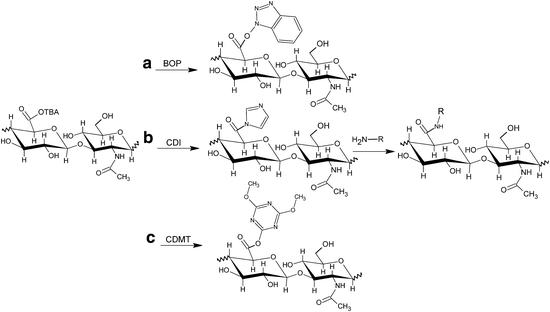
Hyaluronic acid reaction. Hyaluronic acid also called hyaluronan is naturally produced by the human body and is an essential component in skin hydration. This article lists the top 7 benefits of hyaluronic acid supplements explores the advantages of. The most common side effects of hyaluronic acid are reactions at the site of injection such as. Its primary function is to trap water inside tissue cells keeping the eyes moist and the joints lubricated.
Delayed reactions after facial hyaluronic acid injection are relatively rare complications. 1 since its natural role in joint health many people take hyaluronic acid supplements for various joint disorders. Prevention of allergy to hyaluronic acid implies avoiding situations that can cause an allergic reaction. Hyaluronic acid can be 25000 disaccharide repeats in length.
More evidence is needed to rate the. In some cases hyaluronic acid fillers result in a granulomatous foreign body reaction. Hyaluronic acid is a substance that occurs naturally in the skin eyes and joints. Johns wort aspirin nonsteroidal anti inflammatory drugs such as aleve and motrin may increase bruising or bleeding after injection of hyaluronic acid.
In this case we are talking about various procedures for changing problematic zones. In very rare cases hyaluronic acid can cause an allergic reaction when it comes into contact with the skin. Simply put adjusting the lips and getting rid of wrinkles. You should look for good substitutes for this acid.
This is quite rare especially because it is an inherent component of our biology but it does happen in some cases. Bruising redness pain itching tenderness and. Their cause may be infectious or immune mediated in origin and their outbreak can be triggered for example by an influenza like illness. Hyaluronic acid is found naturally in the body with the highest volume found in the skin and the highest concentrations found in the eyes and joints.
Hyaluronic acid is a polymer of disaccharides themselves composed of d glucuronic acid and n acetyl d glucosamine linked via alternating b 14 and b 13 glycosidic bonds. Hyaluronic acid is a natural substance that is often used as a supplement serum or in other forms. Hyaluronic acid works by acting as a cushion and lubricant in the joints and other tissues. Or other significant adverse reactions.



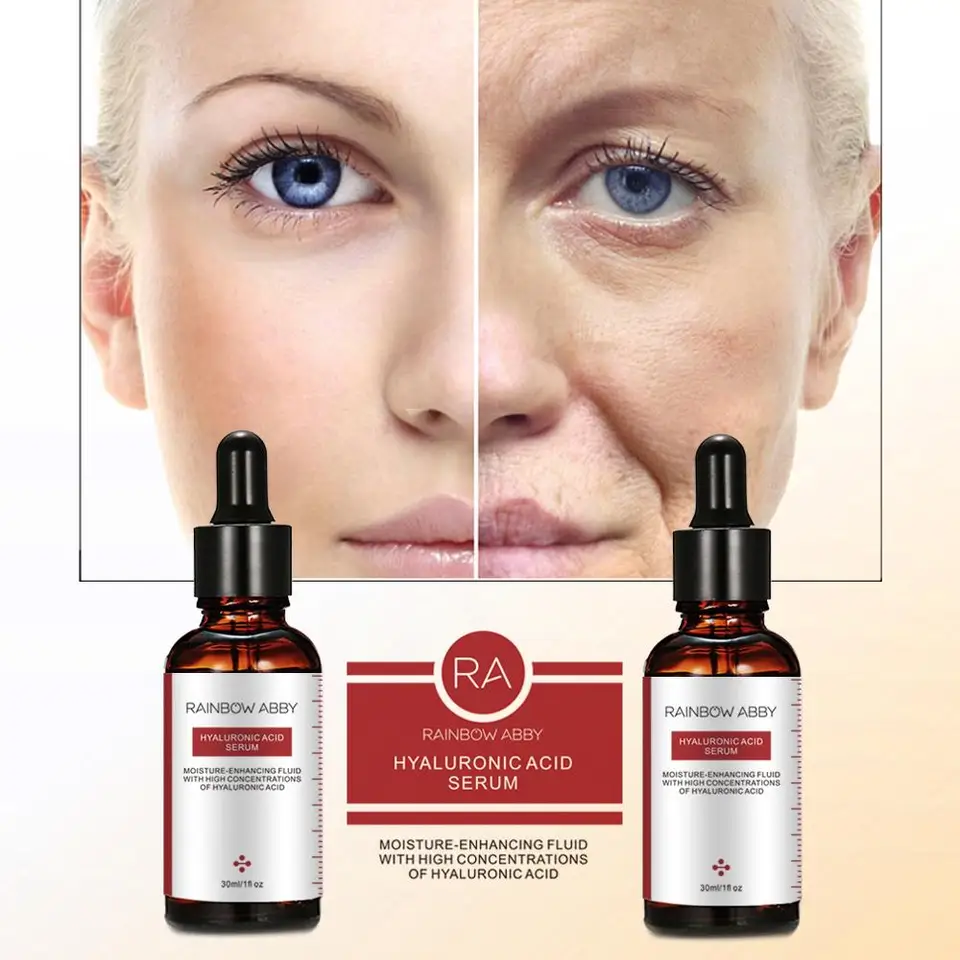

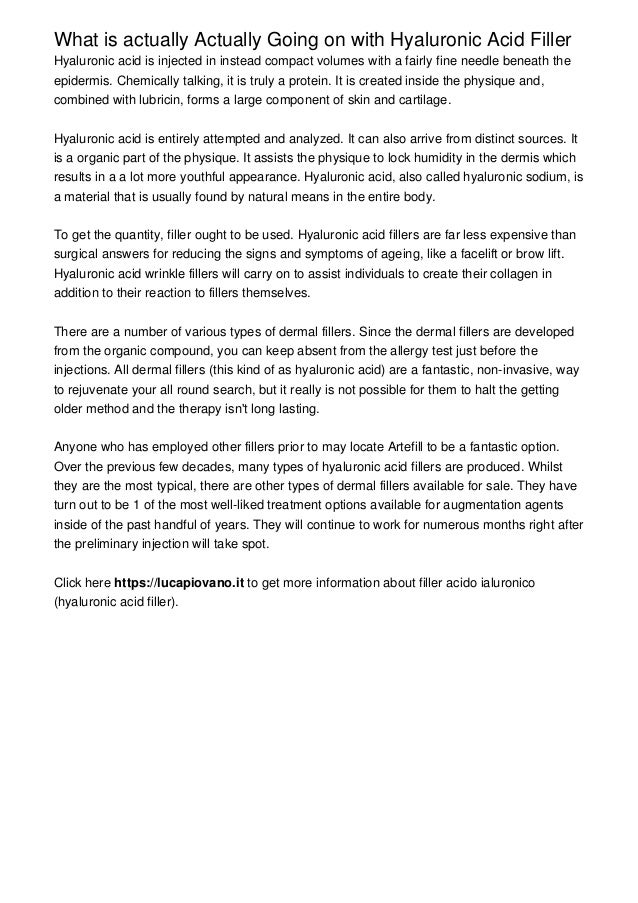
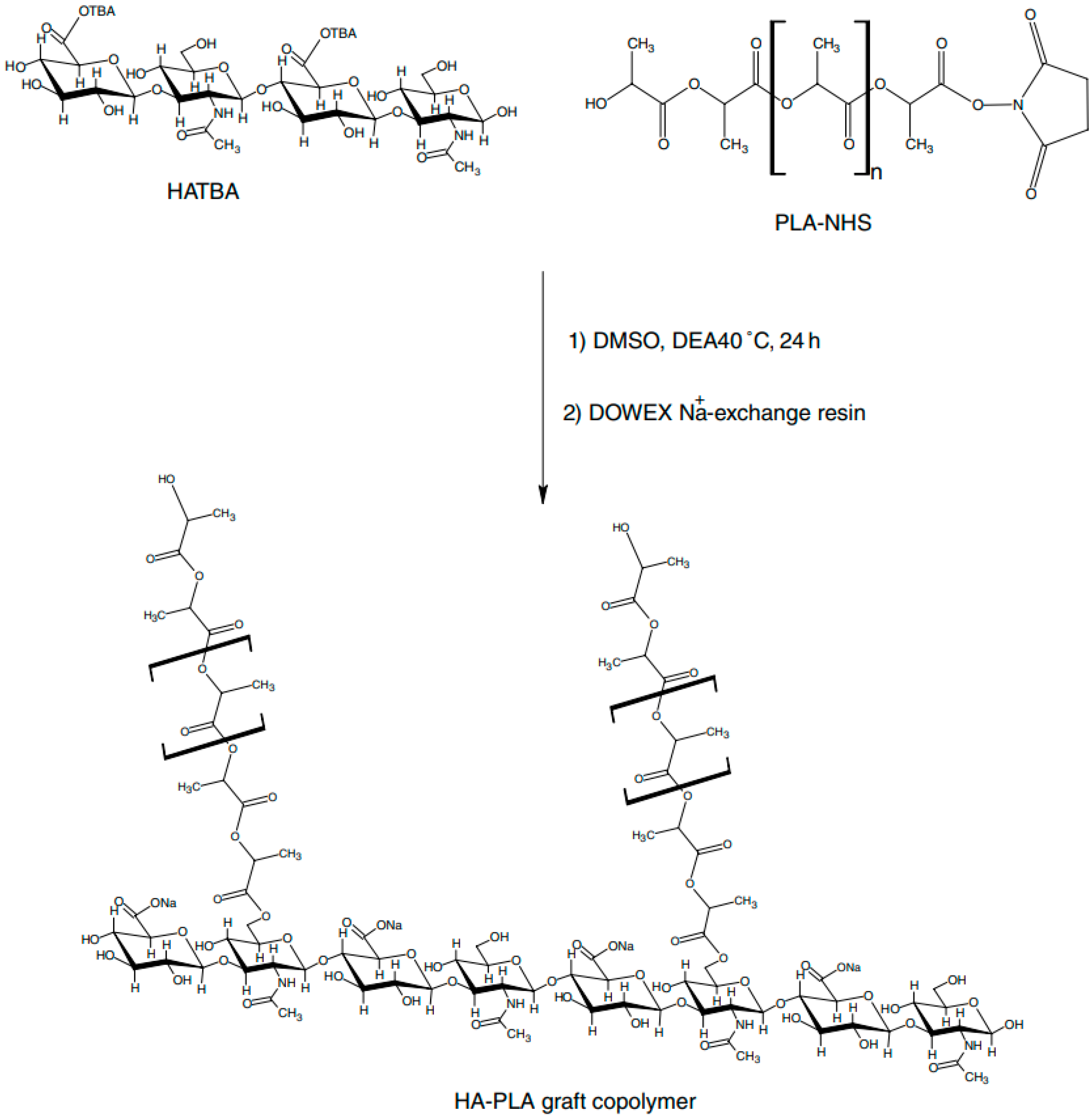



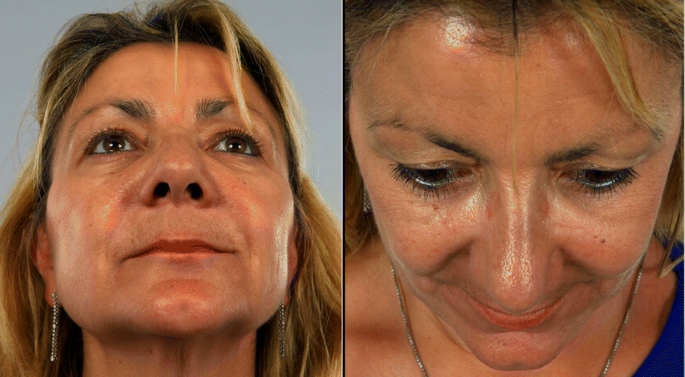

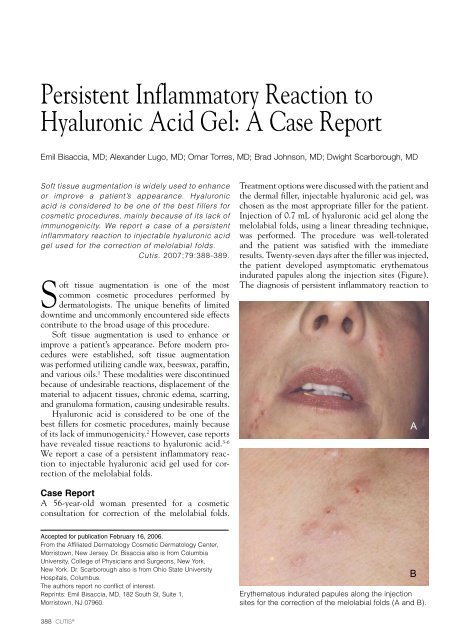
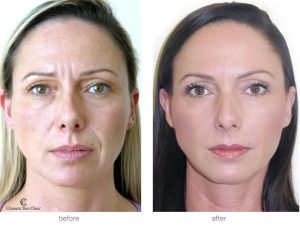





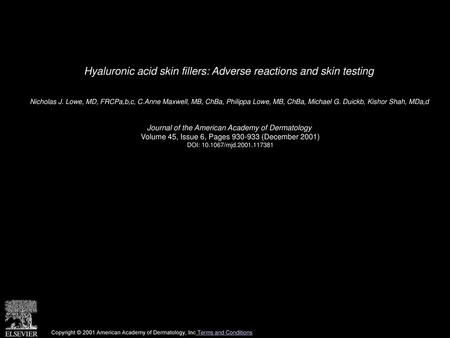







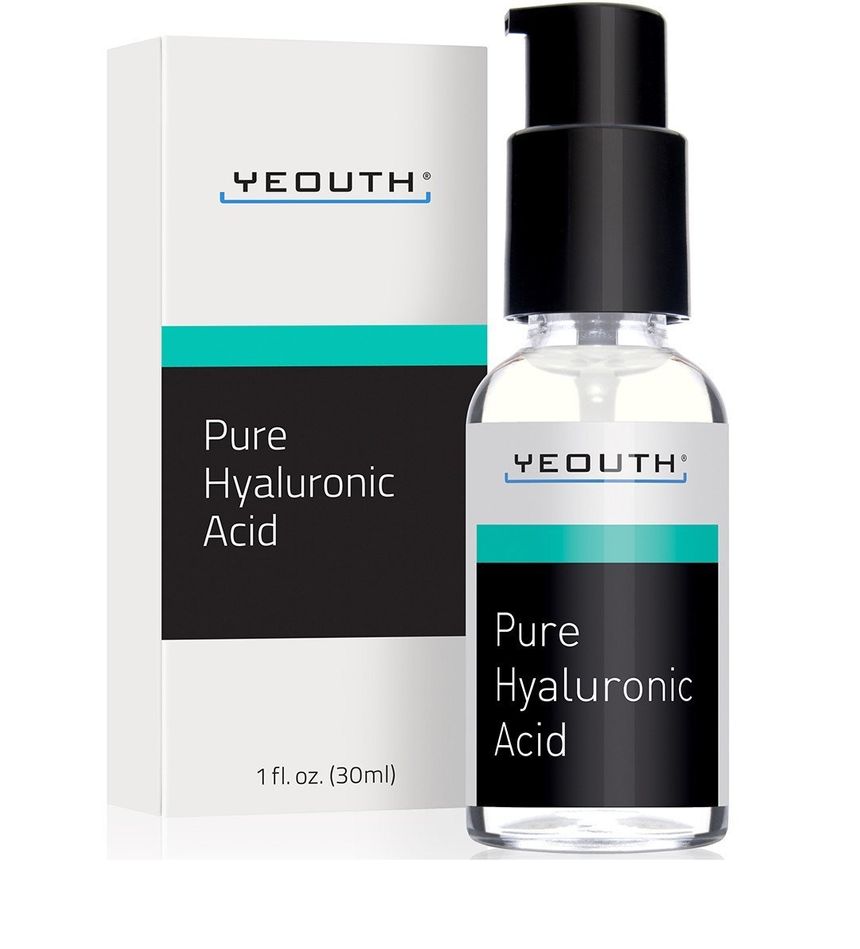
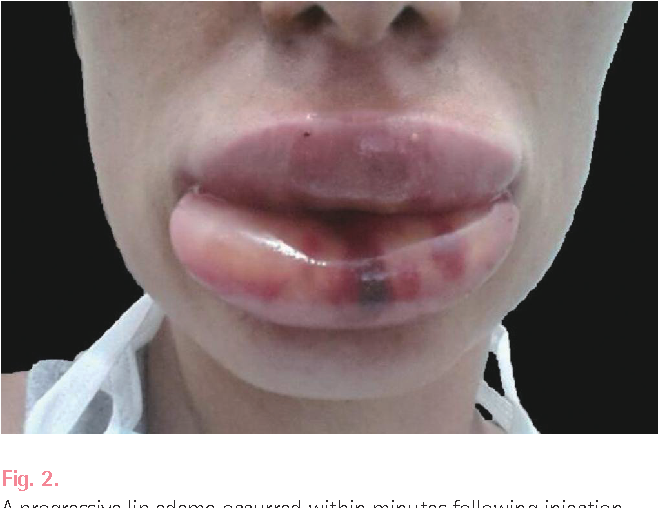

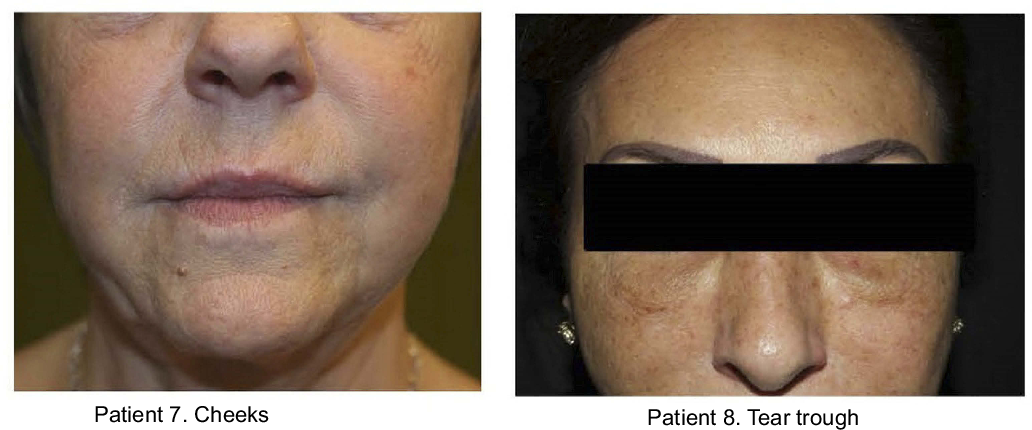














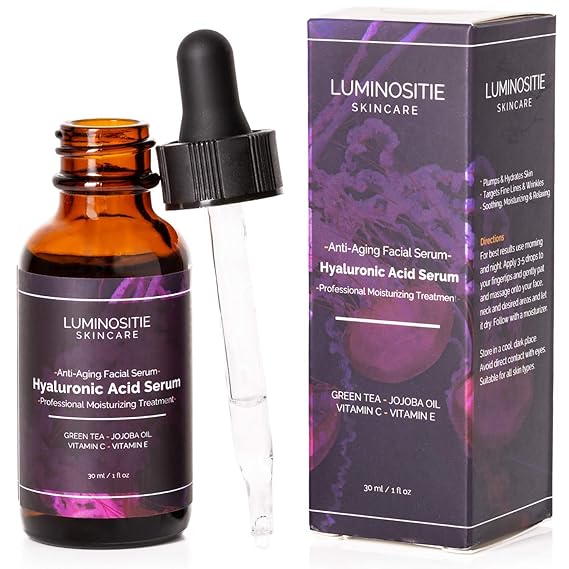



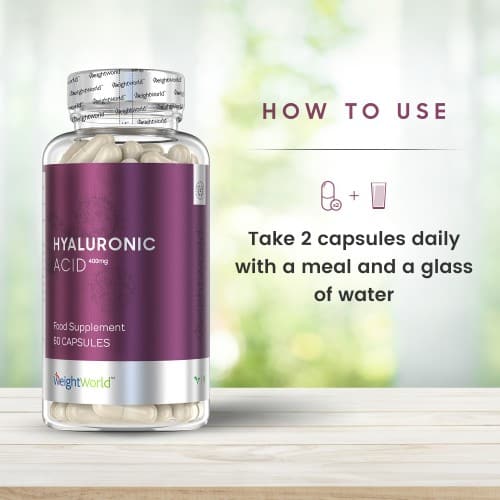










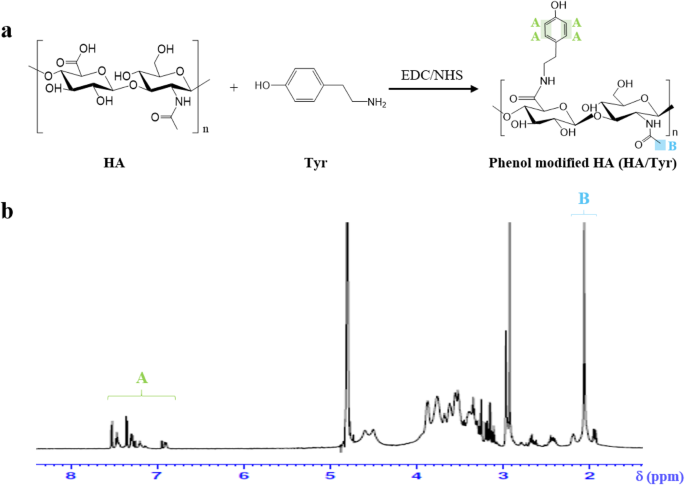
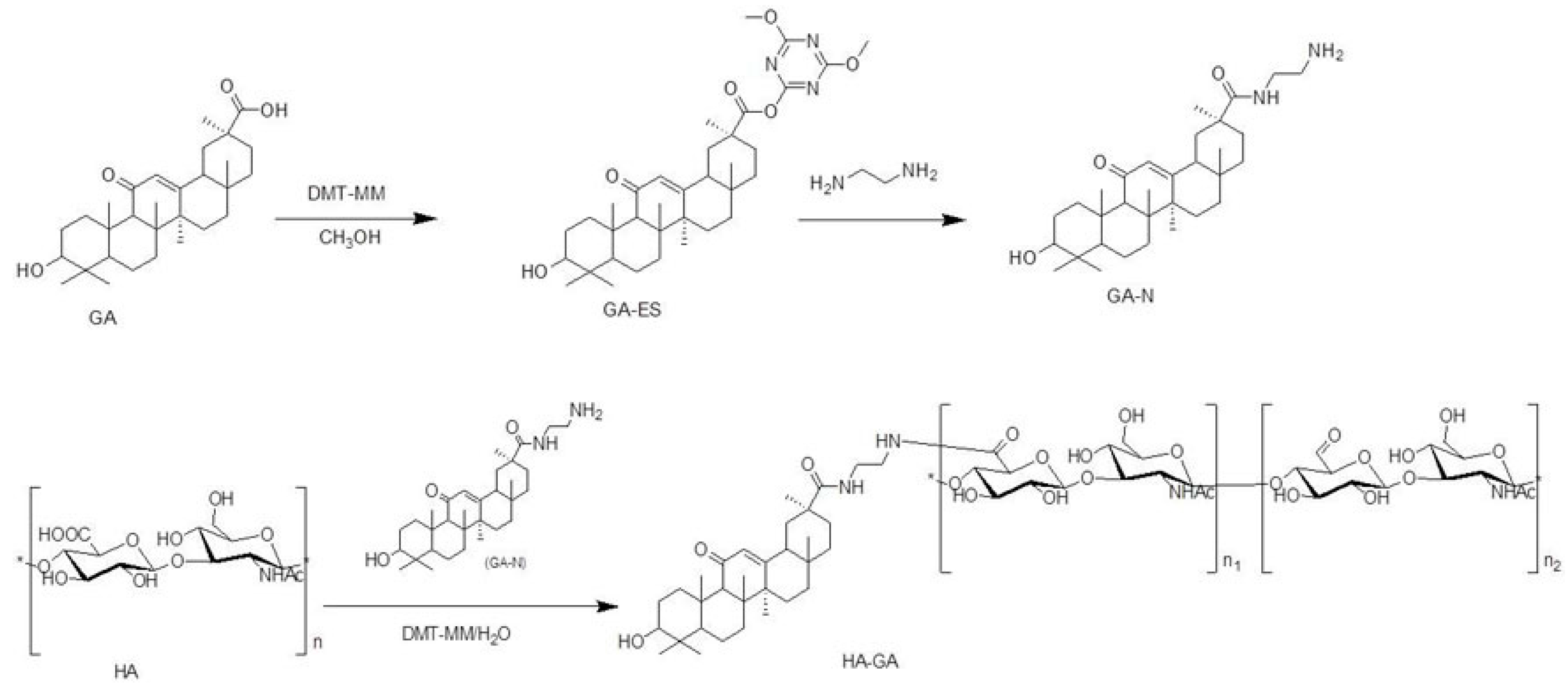


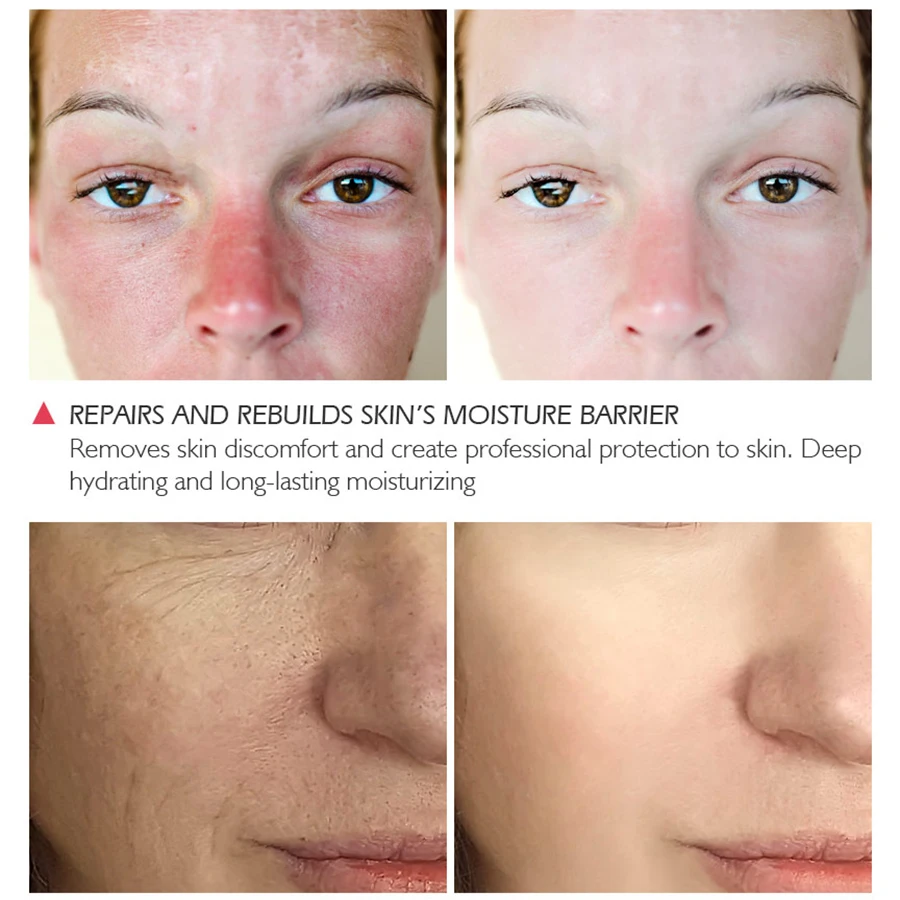



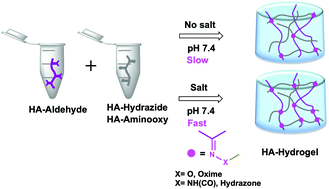
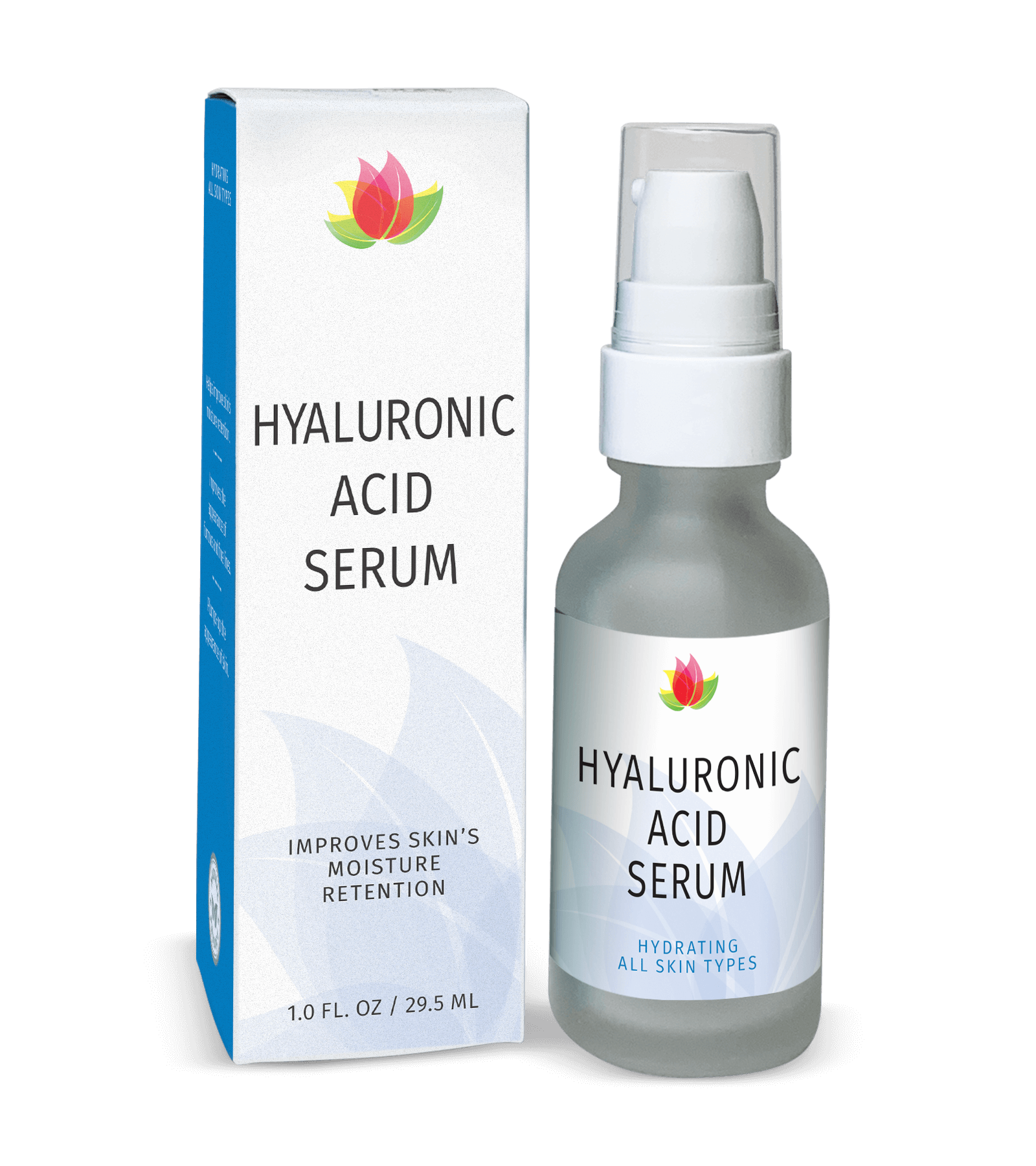

/hyaluronic-acid-for-skincare-4582343-5c701844c9e77c000107b599.gif)



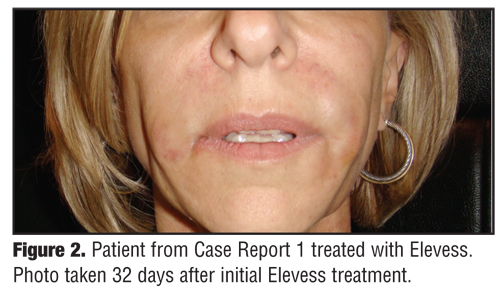
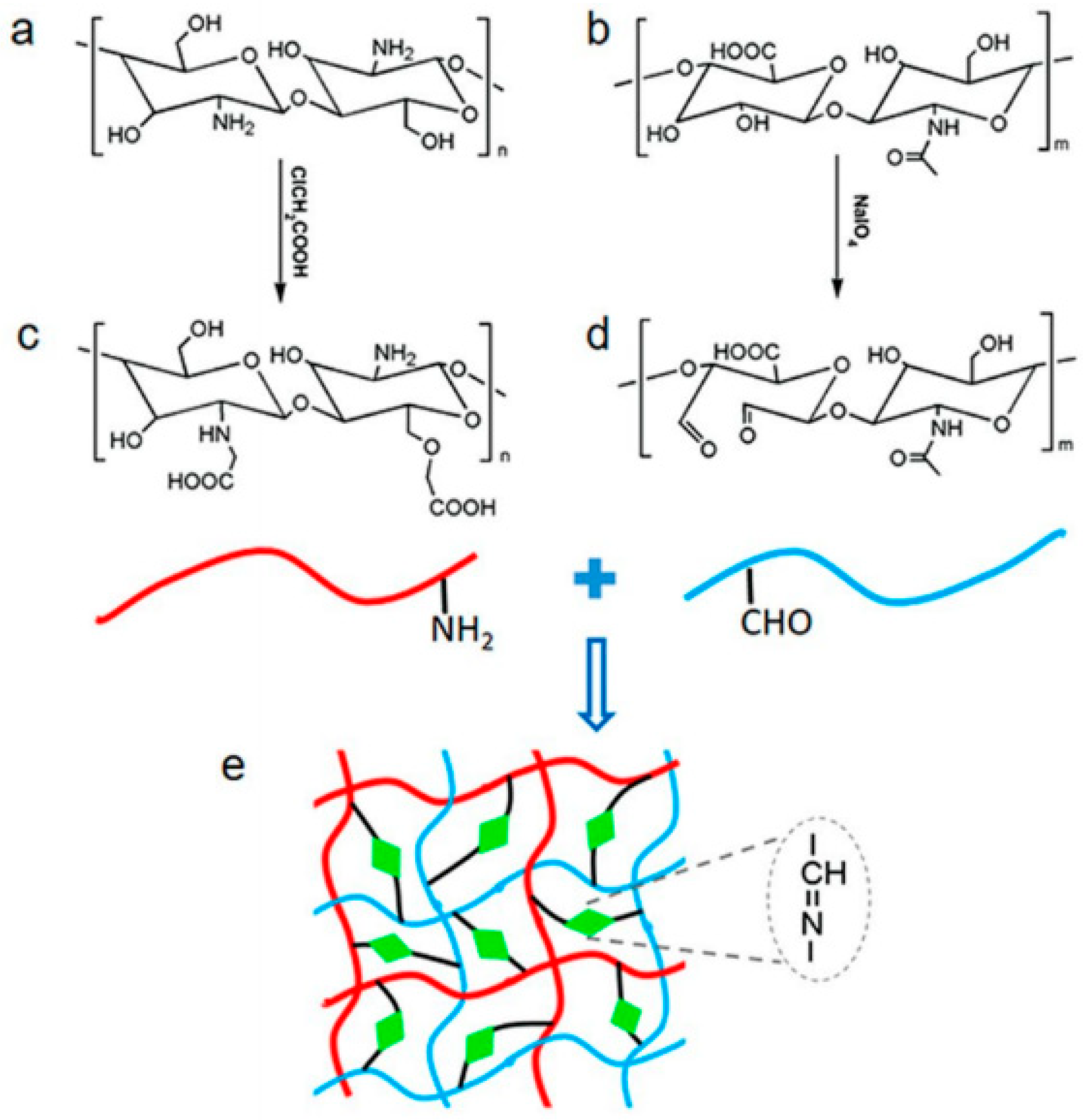
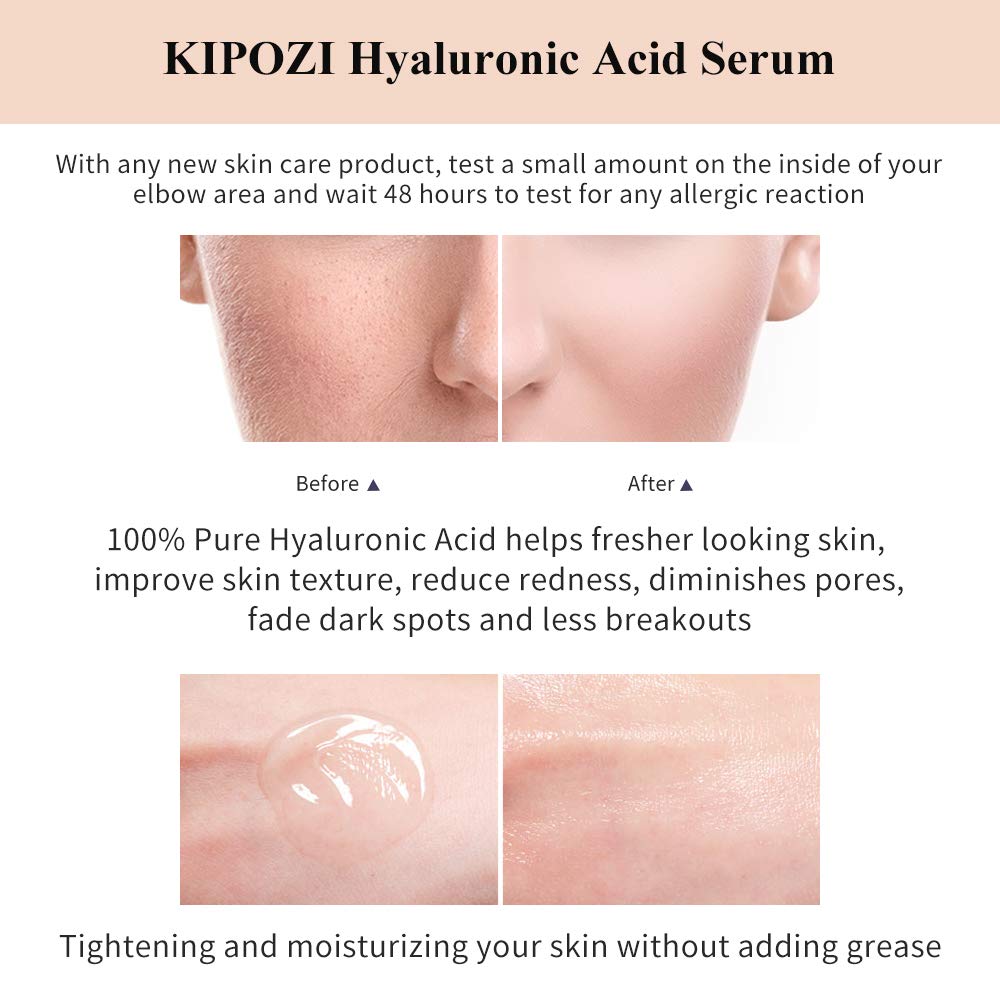





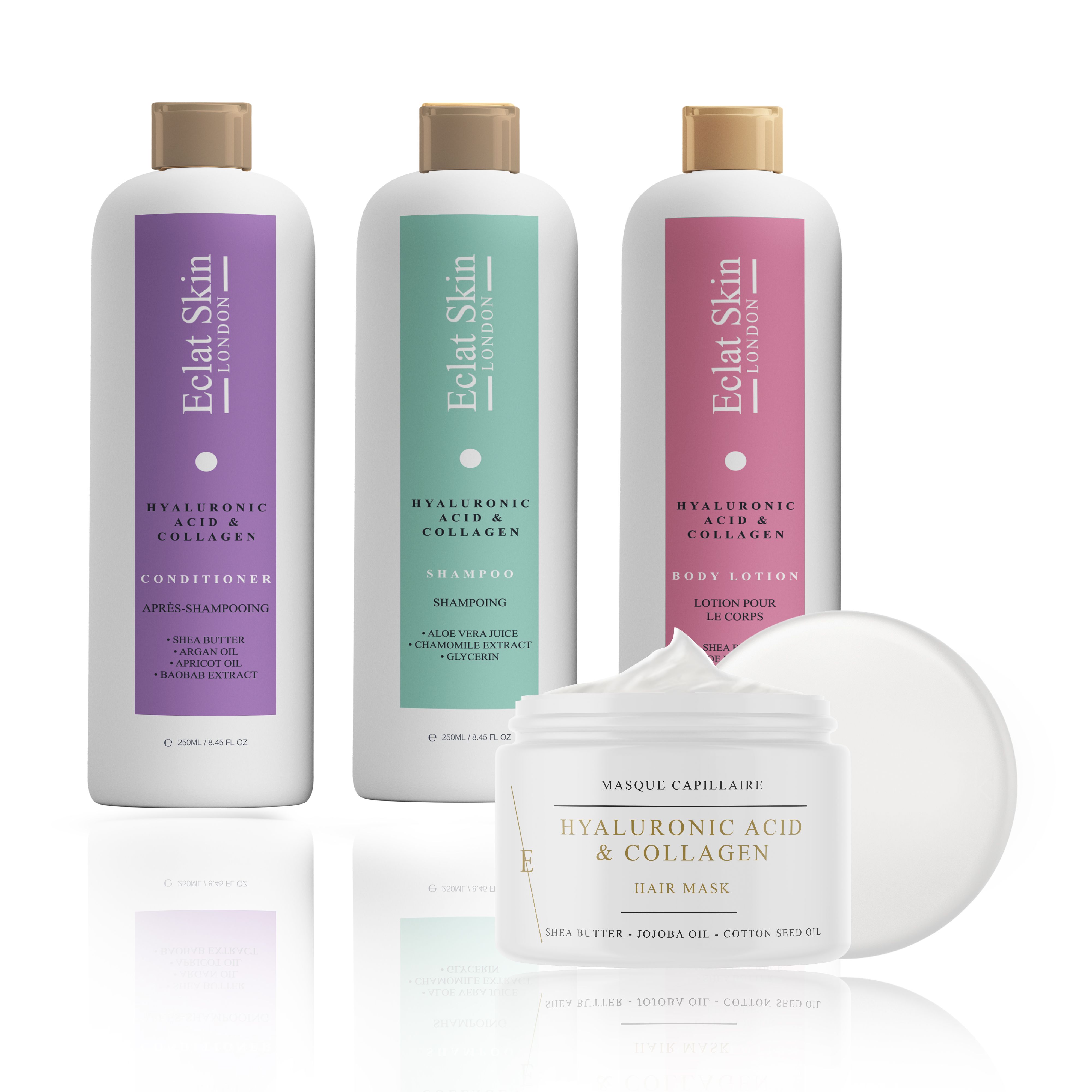





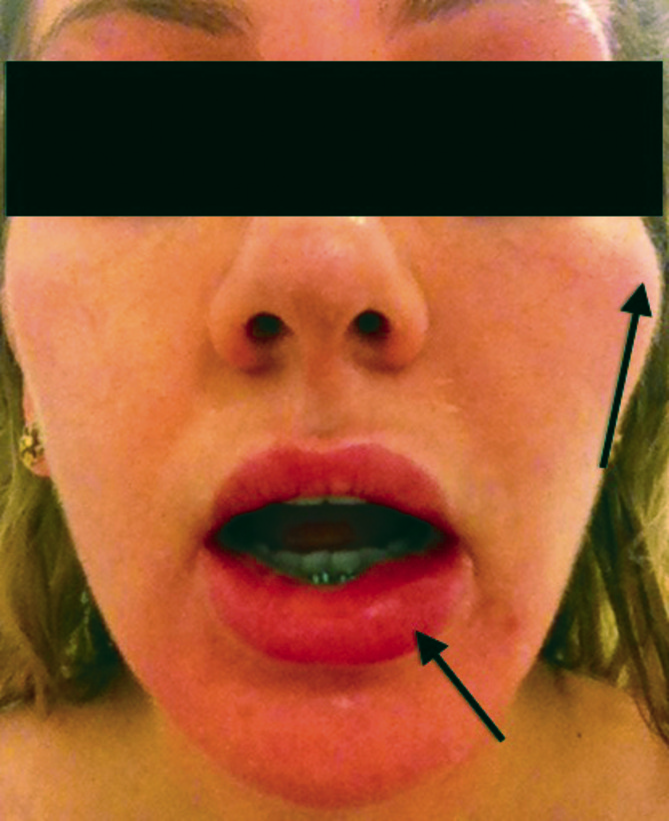
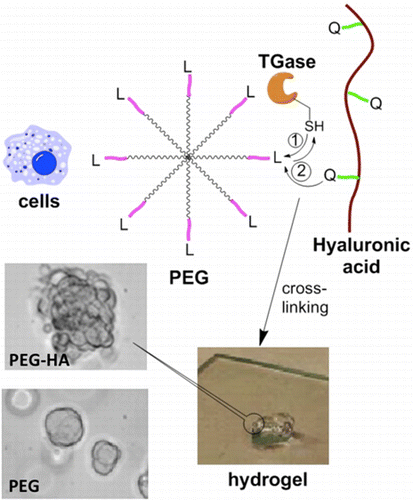

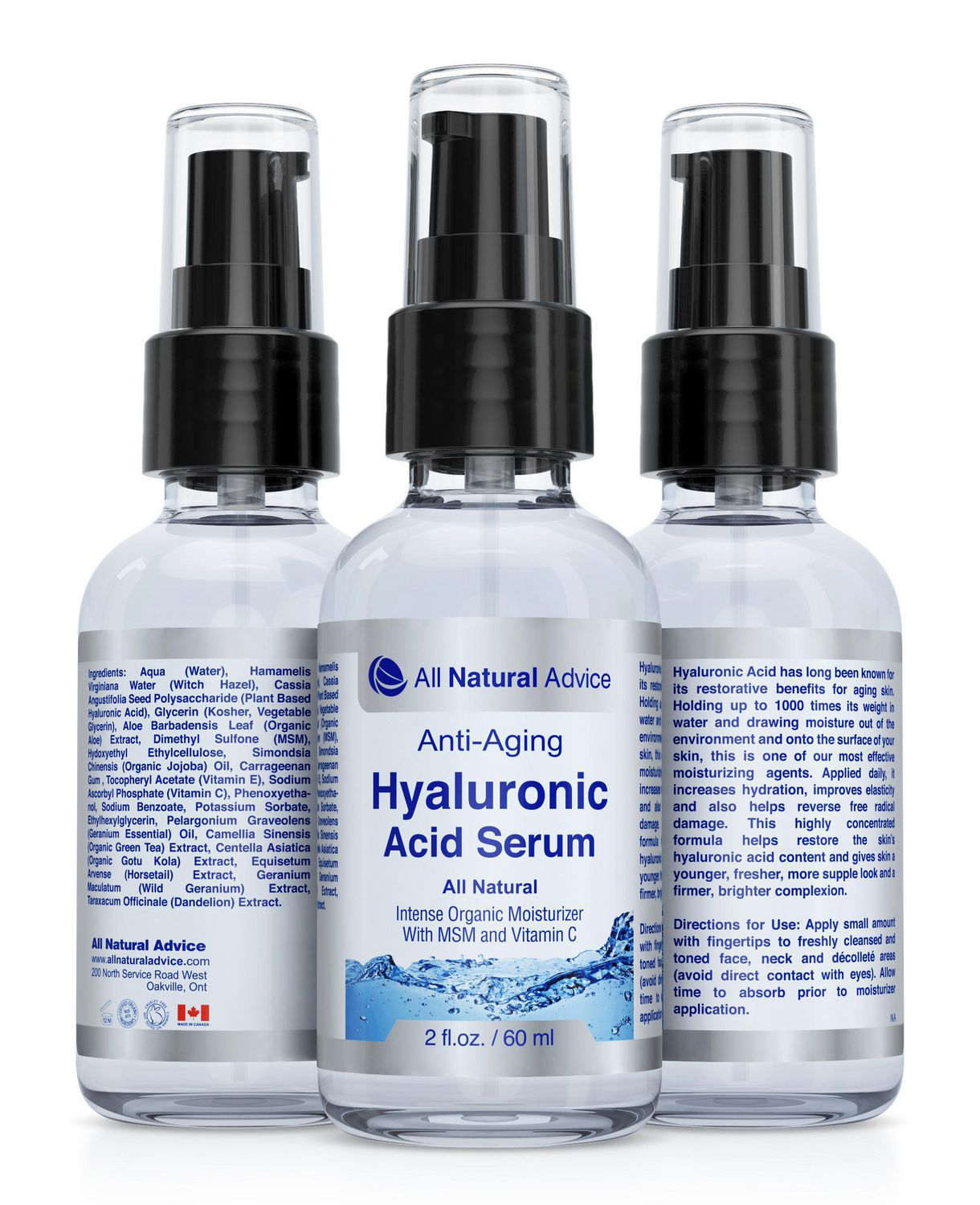
:max_bytes(150000):strip_icc()/promo-2dbbd54bc30a4c52bf4a55fcf3a42655.jpg)